Classroom Resources
Introduction to Teacher Resources
Why use this website?
There are two main reasons for teachers to use the Sq’éwlets website.
This site was designed with the Sq’éwlets community rather than about them. The Sq’éwlets people, who live where the Fraser River meets the Harrison River, approached archaeologists from the University of British Columbia to help investigate and support their claim that their local territory included an ancient burial ground. The researchers and archaeologists worked with the Sq’éwlets people to ensure that artifacts, or “belongings,” and other archaeological materials were excavated and treated respectfully. The content of the website respects Indigenous protocols regarding sacred information and procedures. The information is not just about the Sq’éwlets people, it is coming to you from the Sq’éwlets people using their own voices, language, and understandings.
This website and the suggested teacher resources are aligned with the First Peoples’ Principles of Learning as established by the First Nation Education Steering Committee (FNESC) in British Columbia (BC). As a result, this resource enables teachers to not only teach about Indigenous Peoples, but to teach using an Indigenous worldview.
Additional benefits of using this website include: (a) alignment with current and transforming curriculum in BC, (b) access to primary sources, (c) inclusion of activities and assessments to support use in the classroom, (d) transcripts of all interviews to assist with different learning needs, and (e) the sharing and preservation of an Aboriginal language, Halq̓eméylem, including pronunciations and interpretations.
What will you find in this website?
- Origin stories of the Sq’éwlets and Stó:lō peoples (sxwōxwiyám).
- Sqwélqwel or “true news” drawing on oral history (both over time and recent).
- Voice threads to hear Stó:lō peoples using the Halq̓eméylem language and videos sharing stories. Transcripts for each video are included to assist teachers, students, and viewers.
- An exhibit of belongings (known to archaeologists as artifacts) related to both ancient and current Aboriginal practices and activities (to ensure that representations of Aboriginal peoples do not remain frozen in time, but are recognized as a culture that changes and evolves over time).
- Primary source materials demonstrating how archaeologists worked with Sq’éwlets Elders and community members to protect, honour, and share their cultural belongings.
- Information regarding the respectful use of sacred and shared information regarding Aboriginal culture and peoples, in this case the protocols of the Sq’éwlets community, who are part of the larger Stó:lō Nation of the Fraser Valley.
There are six teacher activities accompanying this virtual museum. Each activity includes appropriate grades, outcomes (or learning objectives), connections to First Peoples’ Principles of Learning, activity descriptions, assessments, and possible extension activities. Each lesson utilizes different aspects of this virtual museum. As such, most of the lessons can be adapted or altered for different grades.



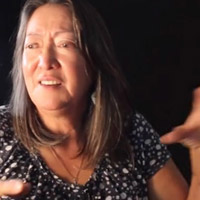 Lesson 1:
Lesson 1: Lesson 2:
Lesson 2: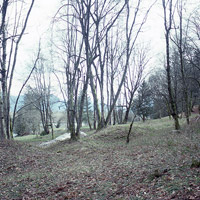 Lesson 3:
Lesson 3: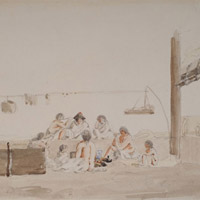 Lesson 4:
Lesson 4: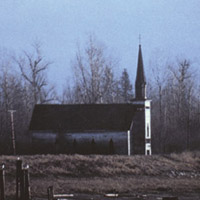 Lesson 5:
Lesson 5: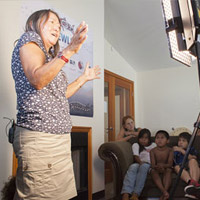 Lesson 6:
Lesson 6: